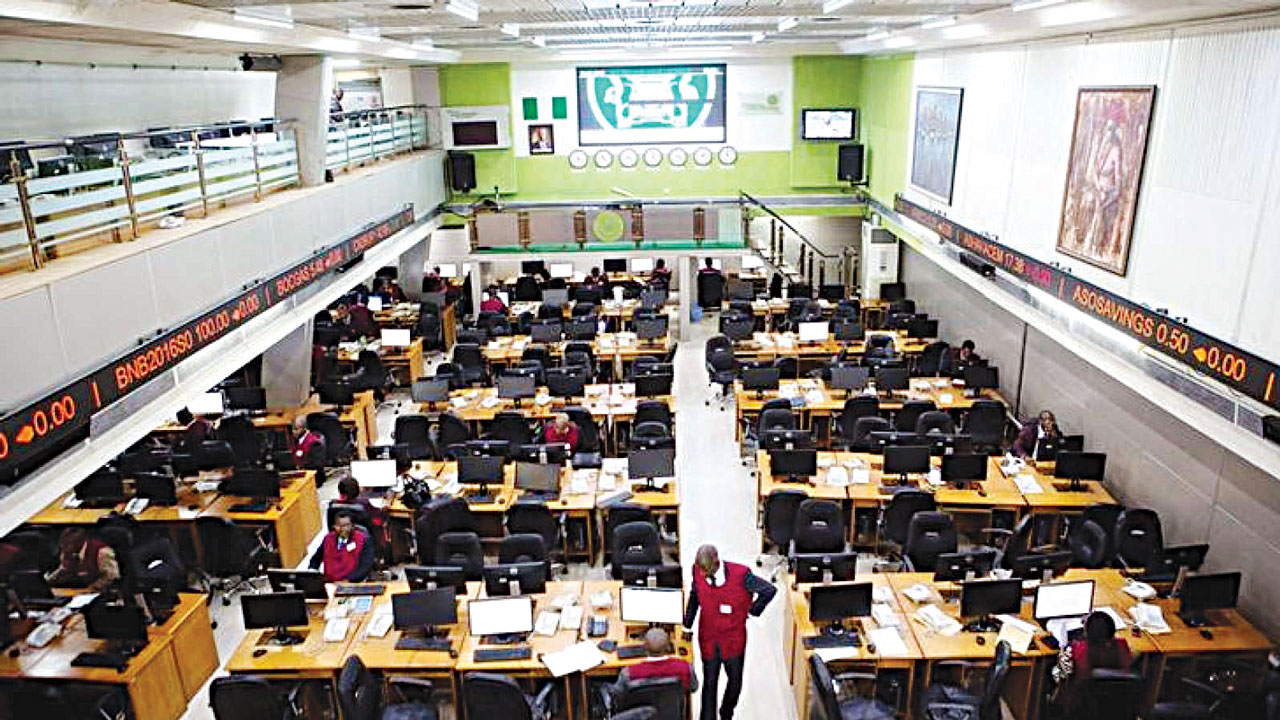Stock contributing without an investment system doesn’t work. The inquiry is the means by which to put resources into stocks with less hazard while gaining great returns. Here’s a demonstrated investment system, an apparatus that works yet just whenever utilized appropriately.
You can utilize a device called DOLLAR COST AVERAGING to bring down your hazard and improve generally speaking execution on the off chance that you put resources into stocks occasionally after some time (like in a 401k arrangement). You can likewise utilize this investment technique when you have a single amount of cash you need to put resources into stocks.
Here’s a case of how to put resources into stocks utilizing this device with a general enhanced stock reserve as the stock investment. Why we utilize this as our stock contributing vehicle will be clarified later.
The picture that you have $50,000 you need to put resources into stocks, maybe sitting in your 401k arrangement. The stock market is getting unstable and you need to diminish the danger of contributing at an inappropriate time.
Arrangement: Use dollar-cost averaging by contributing a similar measure of cash methodically at foreordained interims. For this situation, our investment procedure will be to contribute the $50,000 by contributing $10,000 at regular intervals, for 5 quarters, into an expanded stock reserve. Watch what occurs as we contribute a similar measure of cash each timespan as the reserve cost vacillates after some time.
First stock investment: $10,000 at $20 purchases 500 offers.
Second investment: $10,000 at $15 purchases 667 offers.
Third investment: $10,000 at $10 purchases 1000 offers.
Fourth investment: $10,000 at $15 purchases 667 offers.
Fifth investment: $10,000 at $20 purchases 500 offers.
Sums: $50,000 contributed … 3334 offers bought and possessed.
All out estimation of stock store investment: 3334 offers x $20 = $66,680.
Benefit: $16,680.
The offer value fell and after that recuperated to end at a similar value it began at. A similar measure of cash was contributed each time, with buys extending in cost from $20 to $10. Had you put $50,000 forthright in a single amount at $20, you’d have had an unpleasant ride and been glad to simply make back the initial investment a year later. Rather you made a benefit of $16,680!
When you put resources into stocks by dollar-cost averaging be cautious. Try not to utilize this investment device with an individual stock, particularly with a theoretical one. This is poor cash on the board. Why?
When you keep on putting resources into stocks and purchase more offers in a declining stock market you are making a suspicion: that stock costs (as a rule) will, in the long run, recoup not long from now. This is a sensible suspicion since it has consistently occurred since the commencement of the U.S. stock market.
Then again, consistently various individual stocks decay and never recoup. Indeed, even significant stocks can lose everything … for instance, General Engines.
Make dollar-cost averaging a piece of your general investment plan. It drives you to purchase an ever-increasing number of offers as stock costs get less expensive and less expensive. This outcome in a lower normal expense for each offer.
Ensure that your stock investment is a wagered on the U.S. stock market all in all versus an individual stock that could drop off the substance of the earth leaving you broke.
Figuring out how to put resources into stocks with an investment technique that smoothes out the degree of hazard is vital to being OK with your stock contributing.
A resigned monetary organizer, James Leitz has an MBA (account) and 35 years of contributing background. For a long time, he exhorted singular speculators, working straightforwardly with them helping them to arrive at their monetary objectives.
